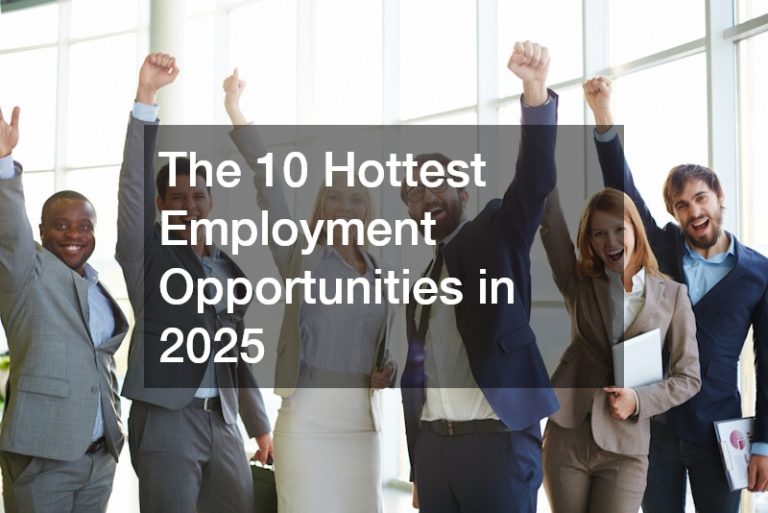The line between conventional gym gear and casual wear blurs, particularly in light of the current epidemic. The sports clothing market is developing its supplies to allow customers to shift between leisure and workout effortlessly. This trend has been called “Athleisure” by some in the business, and it now includes yoga pants, jogging trousers, tank tops, sports bras, hoodies, and even athletic headbands for women. Customers are interested in downsizing their wardrobes and buying essential items of clothing that can be used in a variety of settings.
Emerging Cultures Centered in Yoga
Fashion requests for yoga clothes increased in 2020, and sales of yoga-related items on Lyst increased by 42%. Customers that buy athletic clothing want more variety in their yoga items as well. People are starting to abandon traditional grey yoga clothes in favor of pastel hues like blush pink, sky blue, and cream. As conventional black and white shades are phased out, demand for pastel colors has spread beyond yoga clothes and into the broader sportswear business.
Emerging Focus on Sustainability
Customers are growing more ecologically aware, demanding more openness about how their clothing was made, and sustainable fashion trends are following suit. Some clothing websites enable consumers to filter items based on their desired sustainability credentials. Furthermore, big corporations such as Reebok are emphasizing some of their organic cotton-based sustainable goods.
More sports apparel businesses were using reused polyester and reduced non-toxic colors. This concern extends to the facilities where the apparel is manufactured. Patagonia, for example, has pledged to reduce electricity use and pollution at its facilities. Finally, many businesses eliminated the use of plastic in packing.
Fairness For Labor and Employment
More sportswear businesses are conducting supply chain audits to ensure fair labor standards and employment conditions are followed. Corporate social responsibility is a campaign that encourages companies to be accountable for their effect on consumers, workers, society, and the ecosystem. This includes pledging to adhere to international labor norms.
As a result, several sports clothing businesses have improved openness by disclosing supplier names. Other companies have also sought labor certificates for their goods. That’s why the Social Accountability International Standard assesses a company’s performance in nine areas linked to labor rights, which makes them either more or less appealing to the market.

The comeback of the 90s
The 1990s are making a comeback in the sportswear market, coinciding with the rise of athleisure. Furthermore, sports gear specialists believe that athletic wear from the 1990s has a sentimental appeal for the millennials. Women are wearing light and breezy crop tops and leggings with modern twists on traditional patterns.
The color scheme windbreaker coat is yet another re-emerging 90s item. Many brands, like Columbia, are beginning to sell windbreakers that pay tribute to the 1990s. Athletic clothing manufacturers are also exploring more oversized and irregular fit items for guys. Hoodies with big logos and colorful track coats have also regained appeal.
A Shift in Active Wear
This year, sales of one-piece exercise apparel such as bodysuits, leotards, and catsuits increased by 83%. More ladies are ditching their leggings in favor of full-body spandex costumes. This style has been promoted by celebrities such as Jessica Alba and Alessandra Ambrosio. Other independent brands have caught on to this concept and are also producing bodysuits with greater aesthetic appeal. For many women, this trend is divisive: you either love it or despise it.
More Variety in Sizes
Big brand names in sports gear are changing and developing new items to suit customers of all clothing sizes. Consumers want businesses to show their commitment to equality. Companies such as Fashercise have embraced a “curve” brand, while more giant corporations have increased the size of sports gear available.
More clothing companies are dropping designations like plus-size and tiny. This trend also includes the emergence of increasingly varied apparel models.
Wider Application of Tech
With advancements in garment manufacturing technologies, companies can provide their consumers with greater personalization and intelligent apparel. Websites provide consumers with options for customizing their goods. Nike is a market leader in this area, enabling consumers to choose a pair of bespoke shoes from various options.
Furthermore, intelligent clothing innovations are becoming more common, enabling consumers to track their health and wellbeing. Some bright clothing can monitor how the user moves while wearing it. Technology is also being utilized to create better clothing suggestions based on the customer’s preferences. Lululemon, for example, has been a pioneer in the development of intelligent apparel for the sportswear market.
The COVID-19 epidemic will hasten the rise of the sports clothing industry’s already-growing athleisure trend. This style is trendy among young people and is expanding across the globe. What do you think? What are your thoughts on the future of sportswear retailing?











